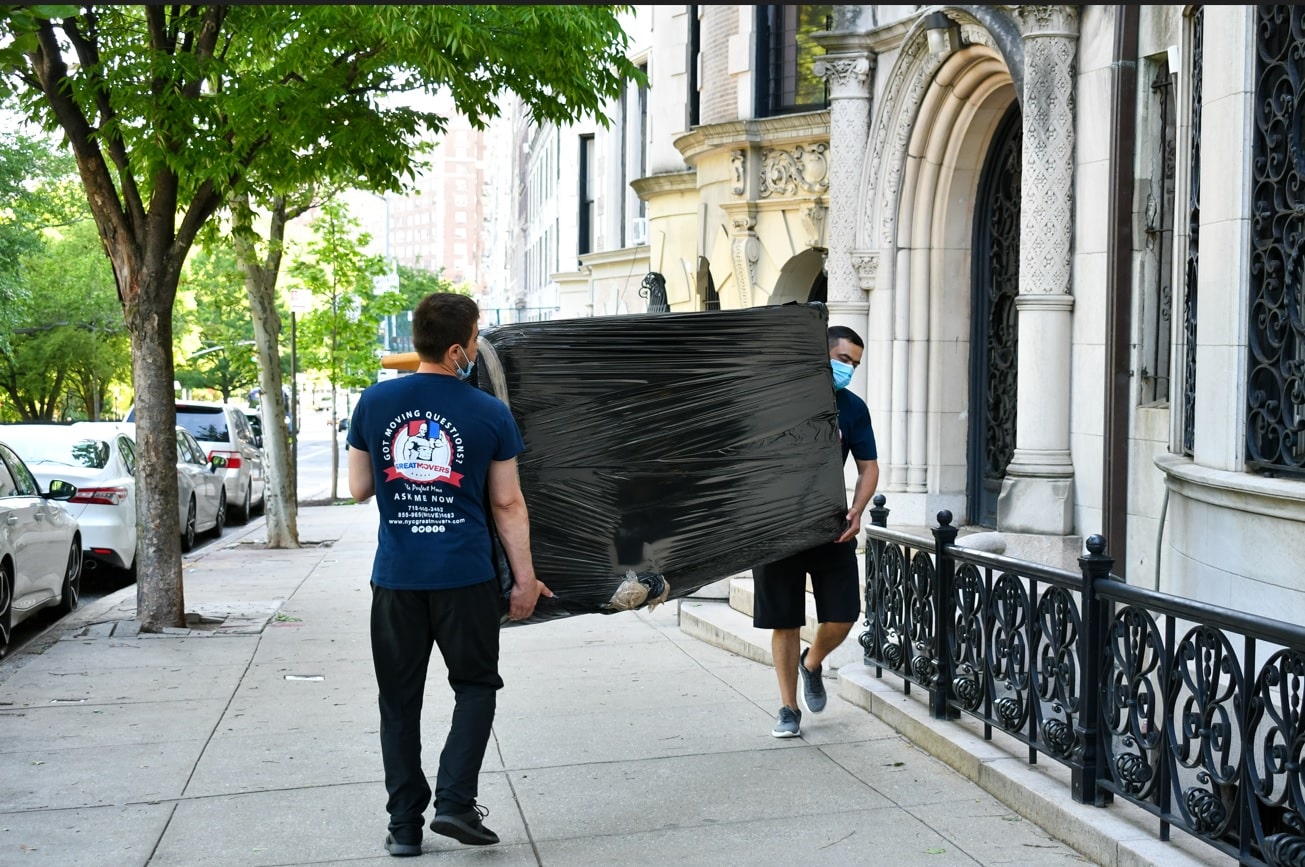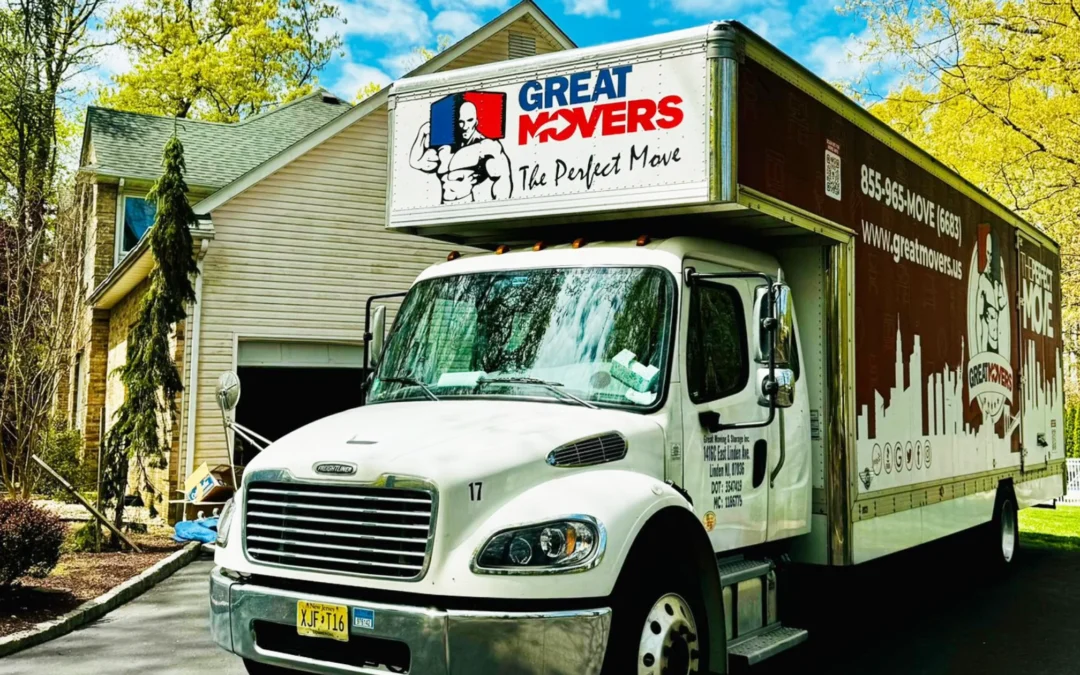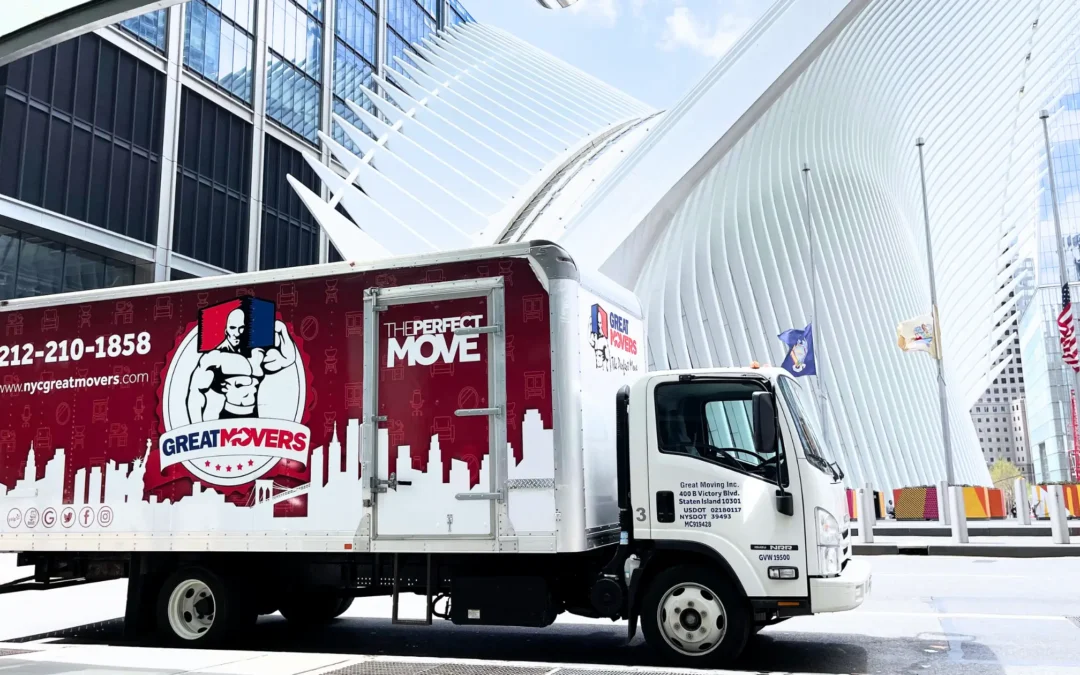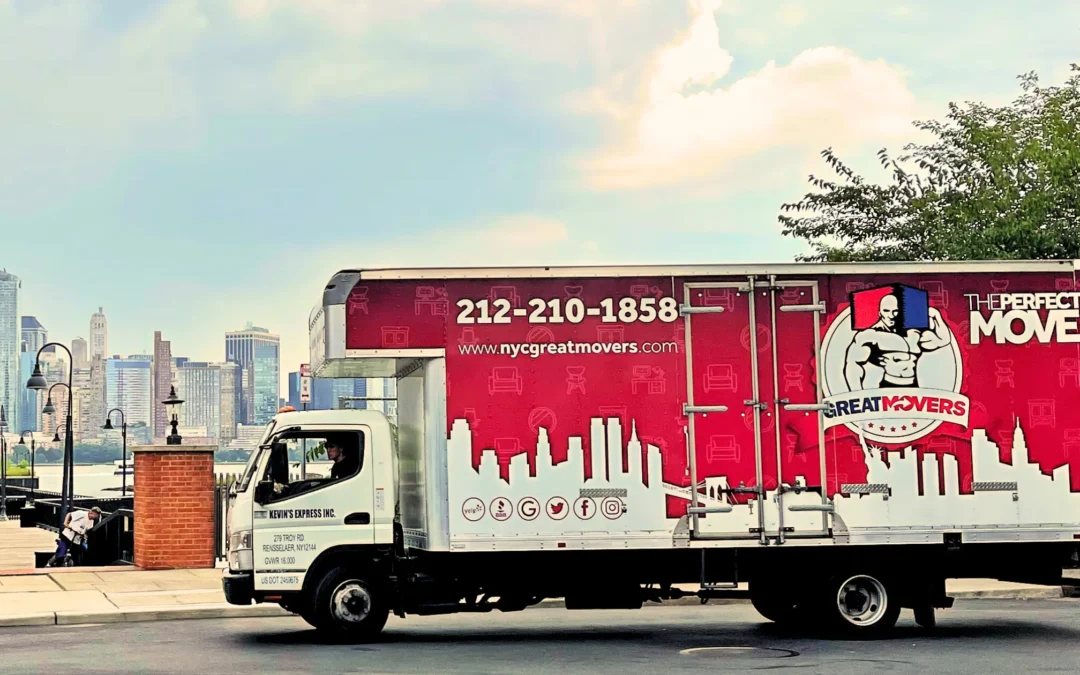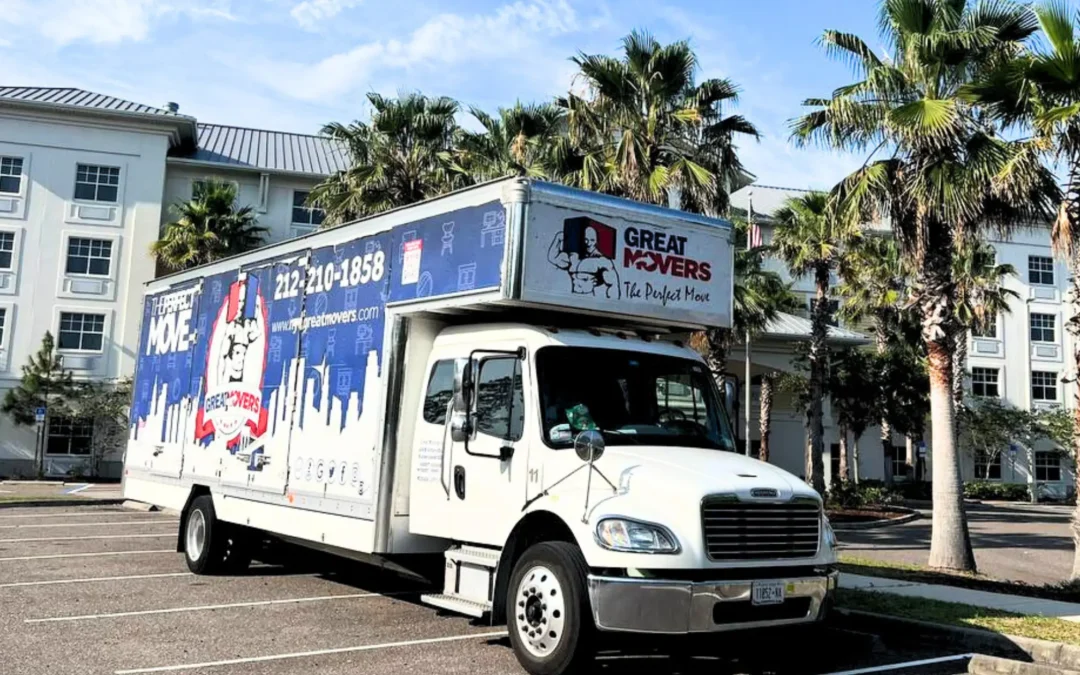Whether you bought your piano yourself or it was passed down to you by a relative, packing up your cherished instrument and making a cross-country move with your piano can seem like a difficult task. However, with the right preparation and knowledge, you can move your piano without breaking the bank or the instrument!
Hire Professionals
There’s a reason people hire professional movers for bulky yet delicate items like pianos. Not only is it heavy, it’s also challenging because of its awkward shape and sensitive keys. Your best bet is to hire professionals with experience moving pianos for best results. Not only do they have the appropriate tools and knowledge to move your piano, they also know how to navigate tight spaces.
Before hiring a moving company, make sure they have moved pianos in the past. You can search their online reviews for information or you can ask them directly for some references from people who have had similar challenges. Don’t be afraid to ask questions before hiring! You can ask questions such as:
- Do they have experience moving your type of piano (upright, baby grand, grand, etc.)
- What supplies do they use to move the piano
- Can they help find a piano tuner
- Will they set up the piano in the appropriate room
Their answers should put you at ease and highlight their knowledge. If they aren’t answering the questions or being rude and/or aggressive, move on to another moving company.
Of course, hiring people to move a piano for you means higher costs. In some cases, you might get charged more for a piano move. If that’s not in your budget, you can try to move it with the help of friends. Pianos are very heavy, the lightest upright piano still weighs around 300 pounds, so you’ll want at least three other people to help out. You’ll also want the right moving supplies such as moving blankets, a dolly, straps, etc. to make the job easier. Make sure you also protect the keys by locking the keyboard lid. If you don’t have a key for the lid, strap it shut. Don’t use tape as it will damage the wood surface.
Measure Everything
Even if you’re not taking the DIY route, you should still take the take to plan the details of your move beforehand. Measure the piano’s dimensions and write them down. You should also measure the doorways, hallways, and staircases to make sure you have enough space. In some cases, you might need to remove the doors of the hinge.
Since you’re making a cross-country move, chances are you won’t be able to take these measurements in your new house. In that case, you should ask the realtor for the floor plans with dimensions for everything including doorways, halls, etc. You don’t want to move the piano and then realize there’s no space for it in the house! Plus, with the floor plan, you can plan out exactly where you want to put everything ahead of time. That should hopefully make the process of unpacking that much faster.
Get an Insurance Quote for Your Piano Move
It’s never a bad idea to get an insurance quote for high value items like a piano. Insurance can help cover any damages or loss that occur during the moving process. All professional movers must offer two types of insurance – released valuation and full valuation. Released valuation is free, but it only reimburses you at 60 centers per pound per article. So for a 1,000 pound piano you’d only get $60.
On the other hand, you have full valuation, which covers the cost of your possessions based on their current replacement value. This is a much better option, especially if you have a lot of valuable possessions. While not free, the cost of the valuation is usually about five to six percent of the weight of your shipment. So if you’re only paying for your 1,000 pound piano, then you’re paying between $50-$60 for coverage. When it comes to full valuation, the movers can choose to either provide the full reimbursement of the current value of the item, replace it, or repair it.
Speaking of weight, the valuation itself is based on the weight of your shipment multiplied by $6 to determine the carrier’s maximum liability. So in this case, a shipment of 1,000 pounds would be liable for damage or loss of up to $6,000. movers can limit their responsibility to loss or damage of items of extraordinary value, meaning items valued more than $100 per pound. However, if you specifically list these items on the shipping documents, the movers are responsible for their safe delivery.
If you really want to make sure your piano is protected, you might want to consider purchasing insurance from a third-party. Remember, valuation is not the same as insurance. Valuation coverage is regulated by Federal law and is essentially a level of liability that moving companies assume. With moving insurance, you will work with an insurance company and pay a premium to protect you from potential losses based on the policy you choose. If you decide to spend the money on insurance, make sure to insure your goods for 100 percent of their value.
Choose the Right Time to Move
If you have the luxury of choosing when to move, you should aim for the fall or spring. Avoid extreme heat or cold as it can cause damage to your piano. You also want to avoid moving the piano during the rain. Since you can’t control the weather, the next best thing is to make sure you protect your piano from the elements. That means covering your piano up with a piano cover or waterproof case. When you hire professional piano movers, they will add another layer of protection with padded quilts to avoid external damage.
While you’re figuring out how to properly protect your piano against the elements, you should also take the time to do basic preparation. That means removing any loose parts and securing the keys. There’s no need to tune the piano before you move as it will likely go out of tune during a cross-country move. So, save your money and call in a piano technician once you have comfortably moved into your new place, usually around the 2-4 week mark.
Keep An Eye on the Piano During the Move
If you’re hiring professional movers, you should still keep an eye on them as they move your piano. While there shouldn’t be a need for you to hover, you should still see how they load up the piano and where and how they place it in the truck. For example, the movers should remove the legs if possible so they can lay the top of the piano flat in the truck. Ideally, the piano should be placed in the back and be completely level. If it isn’t, the crew should put some wood on the floor to level it out. All of these precautions can help reduce potential damage to the piano during the move.
Find the Perfect Spot for Your Piano
Hopefully, you have the dimensions of your new home on hand so you can plan out exactly where you want to place the piano. After all, you don’t want to waste too much time with the movers figuring out which room to put this large instrument in. Plus, the more you move it around the likely the piano will get damaged.
Once the piano is in the correct location, the movers will reattach the legs. Make sure they also level the piano to ensure that it is balanced and stable. Otherwise, the sound quality might decline even after you tune it.
Prepare to Move Your Piano
Ready for your cross-country move with your piano? Then make sure to call the professionals! Quality moving companies will have experience with these large but delicate instruments. Many will also have recommendations for tuners once you arrive in your new place.
FAQ
Does moving a piano cost extra money?
Some moving companies might charge you an additional bulk furniture fee for your piano. When moving cross country, the cost of the move is generally calculated by the total distance and weight. So if you bring heavy items like pianos, your final cost will be on the higher side.
Can I DIY moving a professional keyboard?
While keyboards aren’t as delicate as pianos, many of the more professional ones are still quite heavy and require some attention. While it will be easier to go the DIY route, make sure you keep track of all the necessary wires and pedals. Hopefully you have a carrying case for it. If not, you should wrap the keyboard in a padded blanket and make sure not to place anything else on top of it.
What happens if I change my mind about bringing a piano last minute?
It depends on what you’re changing your mind about. If you decide to leave behind the piano, it’s not a big deal and you can end up saving money. However, if you decide to bring a piano, it can lead to issues as the moving truck might not have the necessary space for such a large instrument. You should let the movers know at least a few days in advance if you do plan on bringing a large, bulky item so they can bring the appropriate tools and truck.

